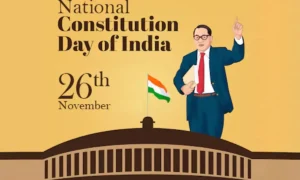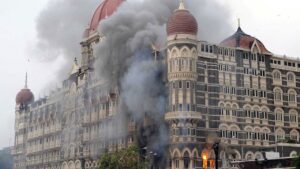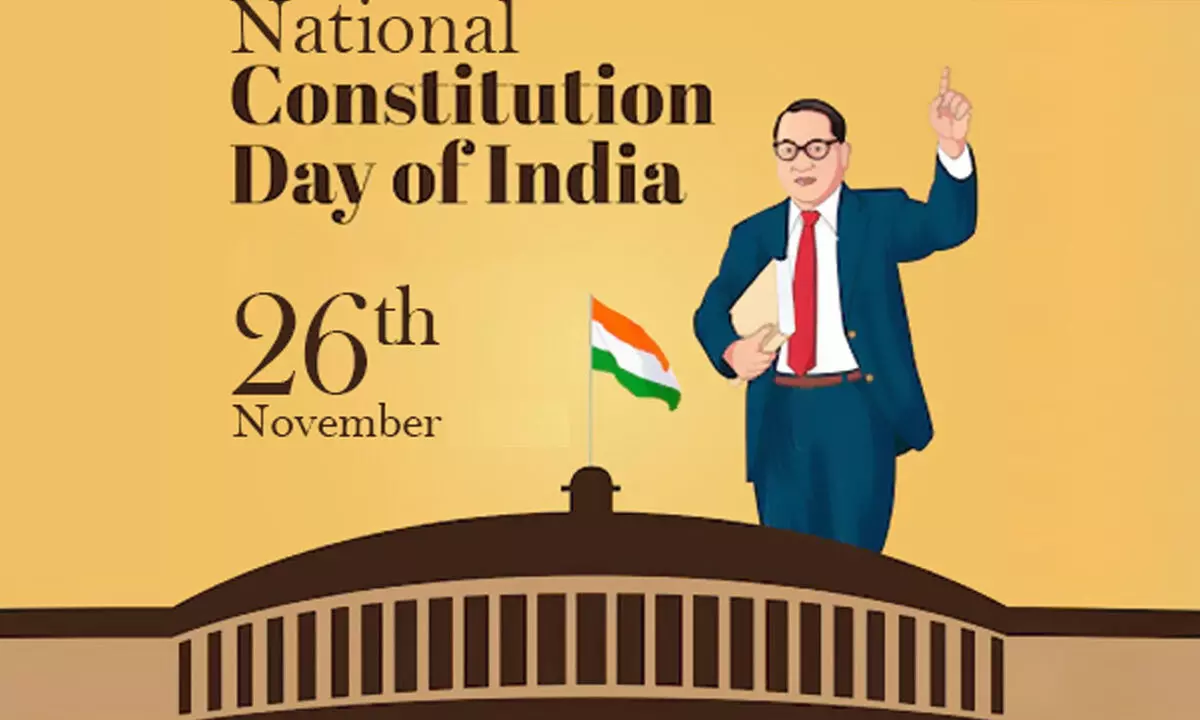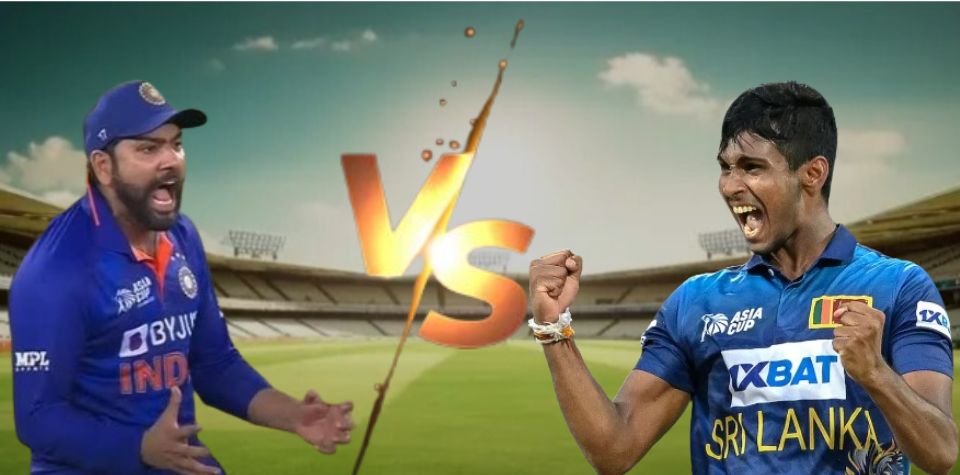November 26, or 26/11, is a noteworthy day in Indian history, marking both positive and negative moments. Many remember it for the tragic Mumbai attacks. However, it was also the day when the great Indian leaders adopted the Indian Constitution.
Today, let’s delve into the history of 26/11, exploring both events that unfolded on this date.
Indian Constitution Day

Constitution Day in India, also known as (AKA) Samvidhan Divas, is indeed celebrated on November 26 each year to honor the adoption of the Constitution of India. It’s an occasion for reflection on the values enshrined in the Constitution and the significance of democratic governance.
On this day, various programs and activities are organized nationwide to spread awareness about the Constitution and remember its leaders.
Key Elements to Know About Our Constitution
Total Days of Formation: The Indian Constitution was created in a total of 2 years, 11 months, and 18 days.
Date of Adaptation: The Indian Constitution was adopted on November 26, 1950.
Date of Implementation: The Indian Constitution was implemented on January 26, 1950.
Indian Constituent Assembly: The drafting of the Indian Constitution was done by the Constituent Assembly of India, chaired by Dr. B.R. Ambedkar.
Total Articles: The original text of the great Indian Constitution holds 395 articles in 22 parts and eight schedules.
The celebration of Constitution Day is a testament to the commitment of the people of India to the principles of social and personal justice, liberty, equality, and fraternity enshrined in their Constitution. It is a day to strengthen the values that form the basis of the democratic and diverse fabric of the country.
26/11 Mumbai Attacks

The 26/11 Mumbai attacks, also known as the 2008 Mumbai terrorist attacks, were a series of pre-planned terrorist attacks that took place in Mumbai, India, from November 26 to 29, 2008. The attacks were organized and executed by a Pakistan-based terrorist organization, Lashkar-e-Taiba.
Key Elements Associated with the 26/11 Mumbai Attacks
Targets:
Major landmarks and establishments in Mumbai were in target, including the Taj Mahal Palace Hotel, Oberoi Trident Hotel, Chhatrapati Shivaji Terminus (CST) railway station, Leopold Cafe, Cama Hospital, and the Nariman House.
Attack Weapons:
The attackers used firearms, grenades, and explosives during their assault.
Casualties:
The attacks resulted in the tragic loss of 166 lives, including both Indian and foreign nationals. Hundreds were injured—Wikipedia report.
Response and Operation:
The Mumbai Police, National Security Guard (NSG), and other security forces responded to the attacks. The operation to neutralize the terrorists, especially in the Taj and Oberoi hotels, lasted for several days.
The Mumbai attacks are a sad part of Indian history, reminding us of the challenges posed by terrorism. They highlight the importance of global efforts to tackle extremism.
Click here to track more trending events.











